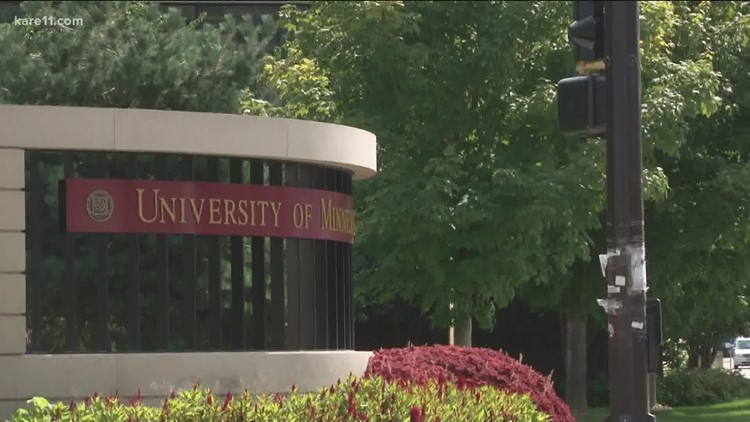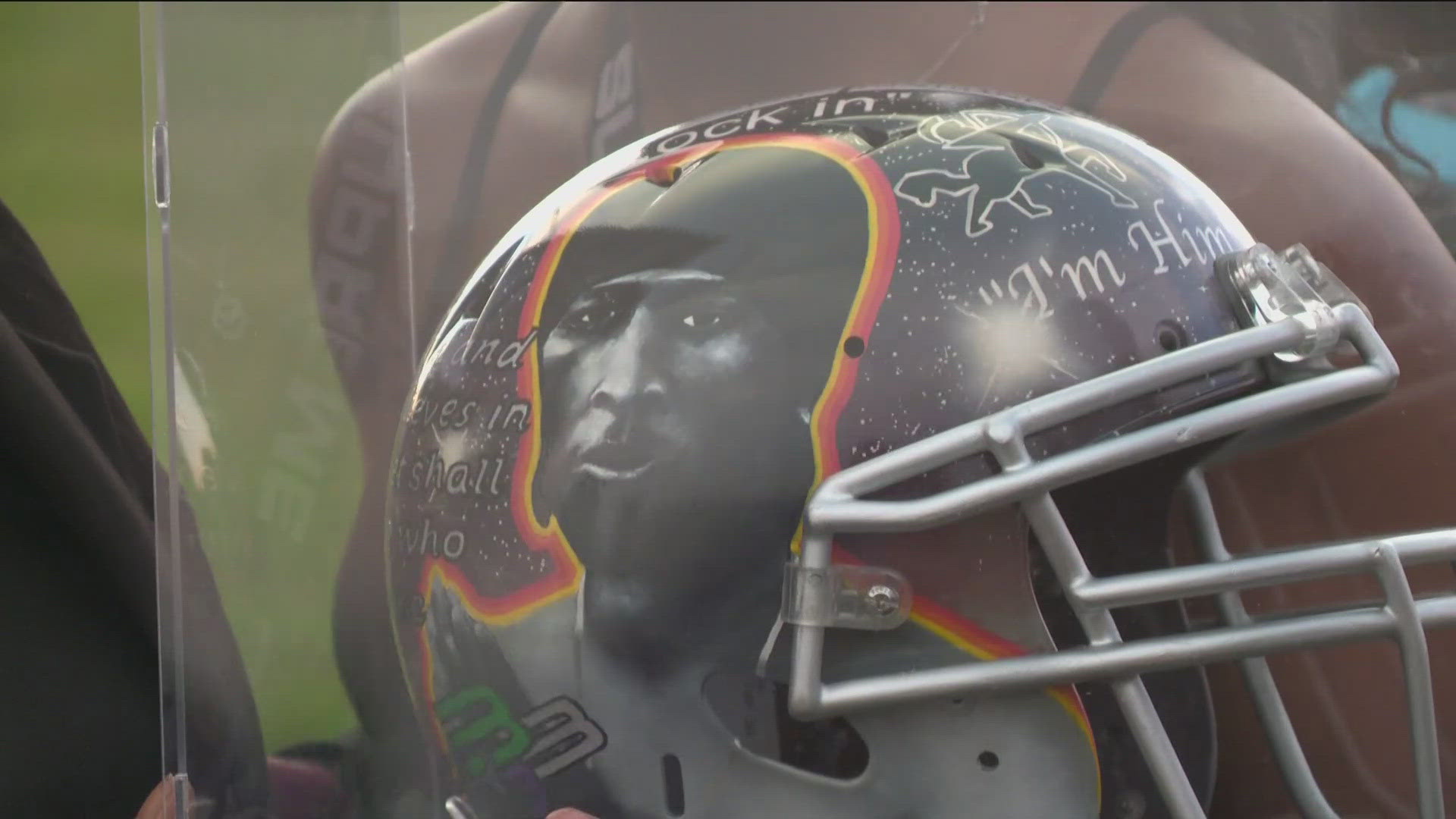MINNEAPOLIS — On Monday, the University of Minnesota announced it will be expanding its tuition assistance program for Native American students.
In a press release, U of M said beginning Fall 2022, it "will provide free or reduced tuition on any of its five campuses statewide to first-year undergraduate students and Tribal college transfer students who are also enrolled citizens in one of the state’s 11 federally recognized Tribal Nations."
The program will include a scholarship covering full tuition at the Crookston, Duluth, Morris, Rochester or Twin Cities campus for first-year or Tribal college transfer undergraduate students with an annual family income under $75,000. Students from families who earn more than that (up to $125,000 annually) will be eligible for reduced tuition.
The release said this expands on a program that waives full tuition for eligible students at the U's Morris campus, because of that campus property’s history. According to its website, the campus' first buildings originally housed a boarding school for Native American children.
“For 170 years, our University has focused attentively on the needs of all Minnesotans," said University President Joan Gabel in the release. "Today we are taking a positive step forward in addressing the needs of indigenous peoples with a history that predates this state and institution—a step I sincerely hope will have a lasting impact on Tribal communities."
In the release, Karen Diver, senior advisor to the President for Native American affairs, said these tuition benefits will help provide more access to the U.
“This level of financial assistance—along with the necessary support systems to help Native American students find a welcoming place within our University so they can complete their degree and graduate—can dramatically alter the course of an individual’s life,” Diver said. “Educational attainment is critical to sustaining healthy and prosperous communities, as well as self-determined citizens. This is a significant step toward more equitably offering the access and opportunities that our students and communities need.”
More information on the program can be found here.



